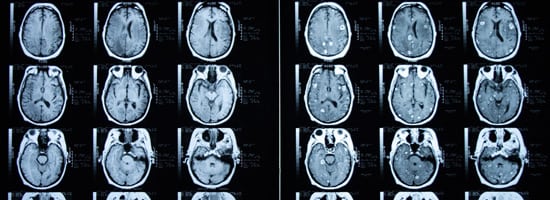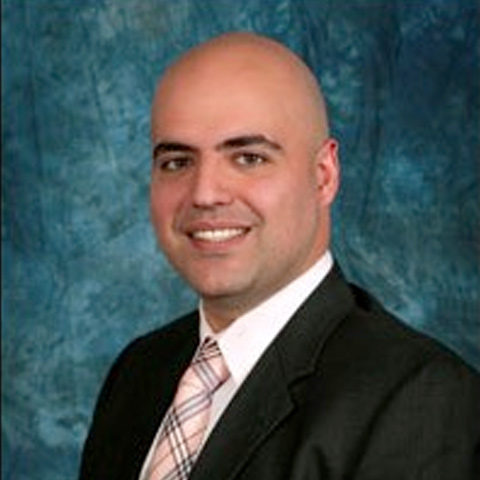
When to Take Action for Brain Vascular Lesions
Brain vascular lesions affect about one percent of the population. Many people live full lives without ever being aware they have this condition, but it can also cause disability or sudden death.
What Are Brain Vascular Lesions?
Think of a vascular lesion like a little snarled area in your blood vessels. This snarl can be located anywhere in your brain and can vary in size. It causes a problem because it disrupts the flow of blood through your neurological tissue.
A vascular lesion can cause blood to flow too quickly through the brain tissue, depriving it of oxygen. Sometimes it will burst, causing a hemorrhage into the brain that puts pressure on the surrounding tissue.
What Causes Brain Vascular Lesions?
It is currently believed that most of these lesions are the result of faulty developmental processes during fetal growth. They may be caused by genetic mutations, and there may be a slight inherited component to the disorder.
How Are These Lesions Diagnosed?
Vascular lesions may produce no symptoms. When they are symptomatic, they most often cause severe headaches, and seizures. They may also cause various other neurological deficiencies such as difficulty carrying through tasks, dizziness, memory impairment and problems with vision.
Damage from brain vascular lesions can build up over time as the affected tissue becomes gradually more impaired due to lack of oxygen or pressure from leaking vessels. In the worst case, sudden death can occur as a result of a burst vessel.
Brain vascular lesions are often diagnosed by using angiography. In this procedure, dye is injected into a blood vessel and the patient is then given an X-ray. The dye will show the location and form of any lesion that is present. Occasionally, CT and MRI scans will be performed as well.
How Are Lesions Treated?
Treatment depends upon where the lesion is located, how large it is and how much of the surrounding tissue is affected. Sometimes the wisest course of action is to concentrate on relieving the symptoms with medication. This can be effective for headaches and seizures. If more aggressive action is warranted, the lesion can be removed with surgery.
When Is Action Necessary?
There is nothing you can do at home to detect or treat brain vascular lesions, but the symptoms are usually severe enough to send you to the neurosurgeon. Whether symptoms appear suddenly or develop over time, medical attention is critical.






